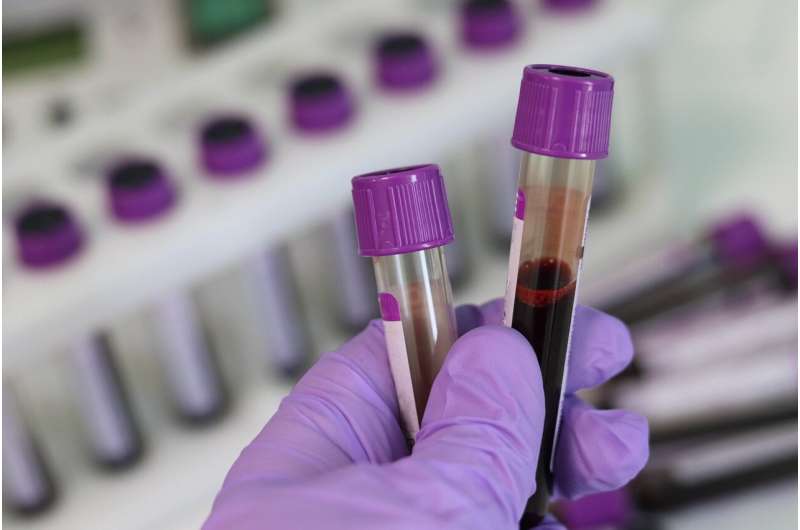
A team of researchers from Korea University College of Medicine, the University of California and the Buck Institute for Research on Aging reports that transfusing young mice with blood from older mice makes them grow fatigued and unable to run long distances. The study is published in the journal Nature Metabolism.
In 2005, a team of researchers at the University of California stitched pairs of old/young mice together to learn more about the aging process—in that effort, the mice were conjoined; they shared not only blood, but some organs. Testing of the older mice showed that the infusion of younger blood resulted in the reversal of some signs of aging. In this new effort, the researchers tested the process in reverse without resorting to conjoining.
The work involved transfusing blood from an aged, two-year-old mouse into mice that were just three months old every day for a week, and then studying the young mice to measure the impact.
Putting the mice on a treadmill and getting them to run showed that the young mice became fatigued faster and were not able to run as far as a control group (young mice transfused with blood from other young mice.) The young mice transfused with the blood of older mice showed markers for aging of the liver and kidney damage.
The researchers also ran the experiment in reverse, giving old mice young blood, which resulted in reductions in fibrosis and lipids—and also fatigue. There was also an increase in endurance.
The researchers suggest that it is likely that cells in the blood of older mice held a senescence-associated secretory phenotype, leading to muscle weakness, tissue damage and other signs of aging in the transfused younger mice. They suggest it also seems possible that cells in the blood from the older mice had ceased reproducing and were having an impact on the younger cells.
Source: Read Full Article